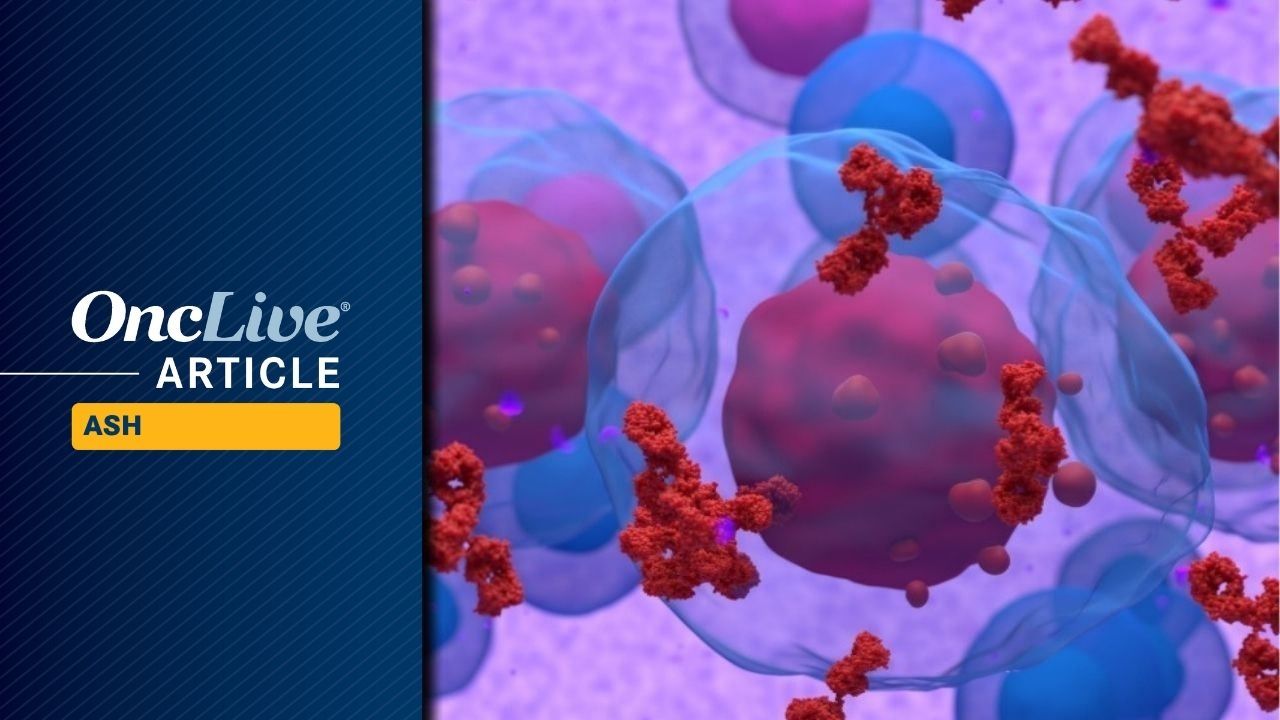madman
Super Moderator
Treatment guidelines in polycythemia vera currently recommend maintaining hematocrit below 45%, with a higher threshold for men vs women.

 www.ajmc.com
In early March, The American Journal of Managed Care® spoke with Andrew Kuykendall, MD, a clinical researcher at Moffitt Cancer Center who focuses on myeloproliferative neoplasms (MPNs), myelodysplastic syndrome/MPN overlap syndromes, and systemic mastocytosis. Kuykendall is an investigator on the phase 3 VERIFY trial (NCT05210790) of the injectable hepcidin mimetic rusfertide (Takeda) to treat polycythemia vera (PV) by enabling patients to achieve and sustain hematocrit control.1 Hematocrit is the measure of the percentage of red blood cells in the body.2
www.ajmc.com
In early March, The American Journal of Managed Care® spoke with Andrew Kuykendall, MD, a clinical researcher at Moffitt Cancer Center who focuses on myeloproliferative neoplasms (MPNs), myelodysplastic syndrome/MPN overlap syndromes, and systemic mastocytosis. Kuykendall is an investigator on the phase 3 VERIFY trial (NCT05210790) of the injectable hepcidin mimetic rusfertide (Takeda) to treat polycythemia vera (PV) by enabling patients to achieve and sustain hematocrit control.1 Hematocrit is the measure of the percentage of red blood cells in the body.2
Treatment guidelines in PV currently recommend maintaining hematocrit below 45%, with a higher threshold for men vs women.2 For part 2 of this interview, Kuykendall explains the reasoning behind having different hematocrit thresholds.

Understanding Hematocrit Thresholds in Polycythemia Vera Treatment
Treatment guidelines in polycythemia vera currently recommend maintaining hematocrit below 45%, with a higher threshold for men vs women.
Treatment guidelines in PV currently recommend maintaining hematocrit below 45%, with a higher threshold for men vs women.2 For part 2 of this interview, Kuykendall explains the reasoning behind having different hematocrit thresholds.














